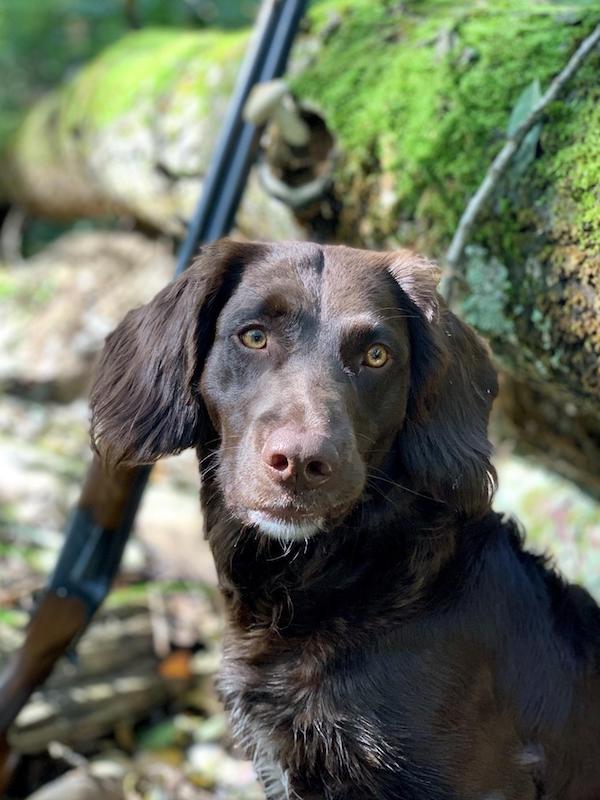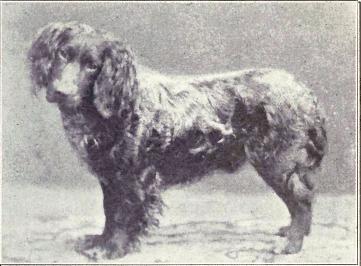
There are eighteen spaniel breeds if you consider drawing from all the FCI groups. They are the American Cocker Spaniel, American Water Spaniel, Blue Picardy Spaniel, Boykin Spaniel, Cavalier King Charles Spaniel, Clumber Spaniel, English Cocker Spaniel, English Springer Spaniel, English Toy Spaniel, Field Spaniel, German Spaniel, Irish Water Spaniel, Papillion, Pont Audemer Spaniel, Russian Spaniel, Sussex Spaniel, Welsh Springer Spaniel.
If you’re wondering about the Brittany, the AKC did once recognize the breed as a spaniel, but in 1982, the name was changed from Brittany Spaniel to “just” Brittany at the request of the parent club. Why? Because the breed’s hunting style is more “setter-like” than it is “spaniel-like.” That said, the FCI still refers to the breed as the Epagneul Breton, or Brittany Spaniel.
Among the aforementioned breeds is one we haven’t discussed in awhile, the Deutscher Wachtelhun, or German Spaniel. It’s known that dogs fitting descriptions of this breed were mentioned in ancient hunting documents going back as far as 1719. Called Stobers at at the time (which in English means, “to rummage about”), the dogs were “fine tuned” into a breed of gundog in the late 19th century by several breeders including Frederick Roberth, a German breeder whose name features most prominently in historical accounts of the breed. Their goal at the time was to recreate the old Stober (also seen as “Stoeberer”) and resurrect this versatile gun dog.

Photo of a Wachtelhund from 1915 appearing with the signature W. E. Mason – Dogs of all Nations, Public Domain, https://commons.wikimedia.org/w/index.php?curid=6801039
You would be correct in thinking that these dogs are seldom sold as pets. In Germany, buyers must enter their Wachtelhunds in a juvenile hunt test before the dogs are 18 months old, and anyone wanting to breed their dog must first secure permission from the Verein Deutsche Wachtelhund (the German Wachtelhund Club). Typically, it is hunters who are motivated to work with these dogs to pursue their natural talents.
Image found on Pinterest and happily credited upon receipt of information
